FORT BENNING, Ga. -- By the time 2nd Lt. Charles Lesperance, 1st Battalion, 64th Armor Regiment, handed his static line to the jumpmaster, March 16, prior to his first Airborne jump, he said his nervous anticipation had faded.
"The first day (we were scheduled to exit), we got rained out," he said. "That added to the nerves, but when I sat down on the plane (the next day), the nervousness disappeared because I knew I was about to do it."
That moment, he said, gave weight to each of the 10 days of Airborne training prior.
After sounding off the one-minute warning to jumpers behind him, Lesperance stepped out of the aircraft and drifted 1,250 feet onto Fort Benning's Fryar Field drop zone. Chosen by lottery, he was the first U.S. Army Airborne School student to exit with a T-11 parachute.
"It was exhilarating," Lesperance said. "It was all that I imagined from seeing movies and pictures. There's nothing like it."
Lesperance was one of 361 students in C Company, 1st Battalion (Airborne), 507th Parachute Infantry Regiment, that graduated Friday and made history jumping with the new parachute system, which was an update from the T-10 parachute system that has been used for nearly 50 years.
"This is huge," said Lt. Col. Jon Ring, battalion commander. "It's absolutely the biggest thing that has happened at the U.S. Army Airborne School in over 50 years. It's a total reconstruction of the way we train paratroopers."
The new parachute was designed to give jumpers a slower decent which results in a softer landing. The T-11 can carry more than 400 pounds of weight, an increase from the T-10's nearly 300-pound maximum. The students learned to jump with both parachutes.
Ring said the cadre have already been jumping with the T-11. "Ever since then, we've been rewriting and relearning classes, building proficiency and confidence in the system," he said. "It's been a long process."
But that process was not apparent to students like Lesperance.
"The trainers have it down," he said. "They know exactly what to do to get the students prepared for the first jump. It seemed like they had been teaching (the new parachute system) forever."
That was the intent, said Capt. Dean Gibson, C Company commander.
"The battalion commander wanted us to have a seamless transition, and that's what we really focused on trying to do."
Students must complete five jumps, including one T-11 jump, to graduate during week three, the final week of Airborne School.
Gibson said he was pleased with the cycle and proud to be a part of setting the groundwork for future Airborne students.
"I was very happy with the way things turned out," he said. "Overall, I think it was a success."
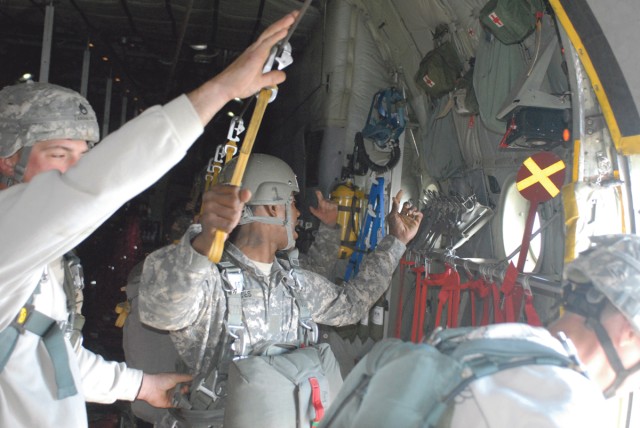
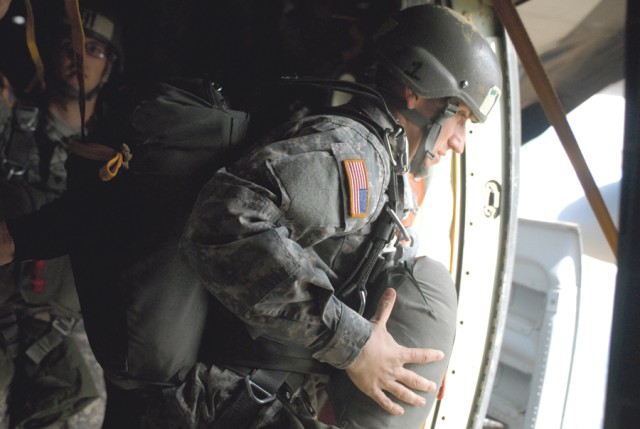
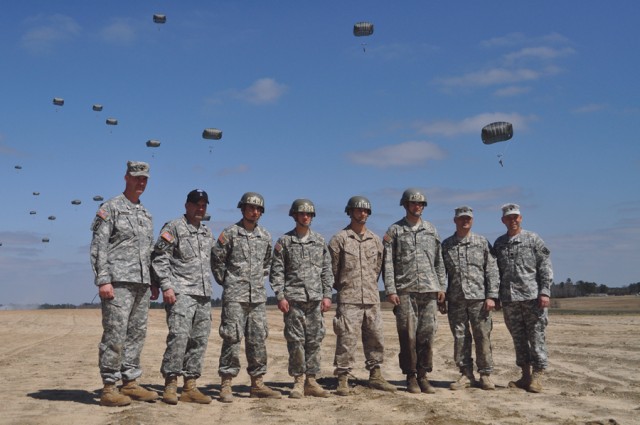
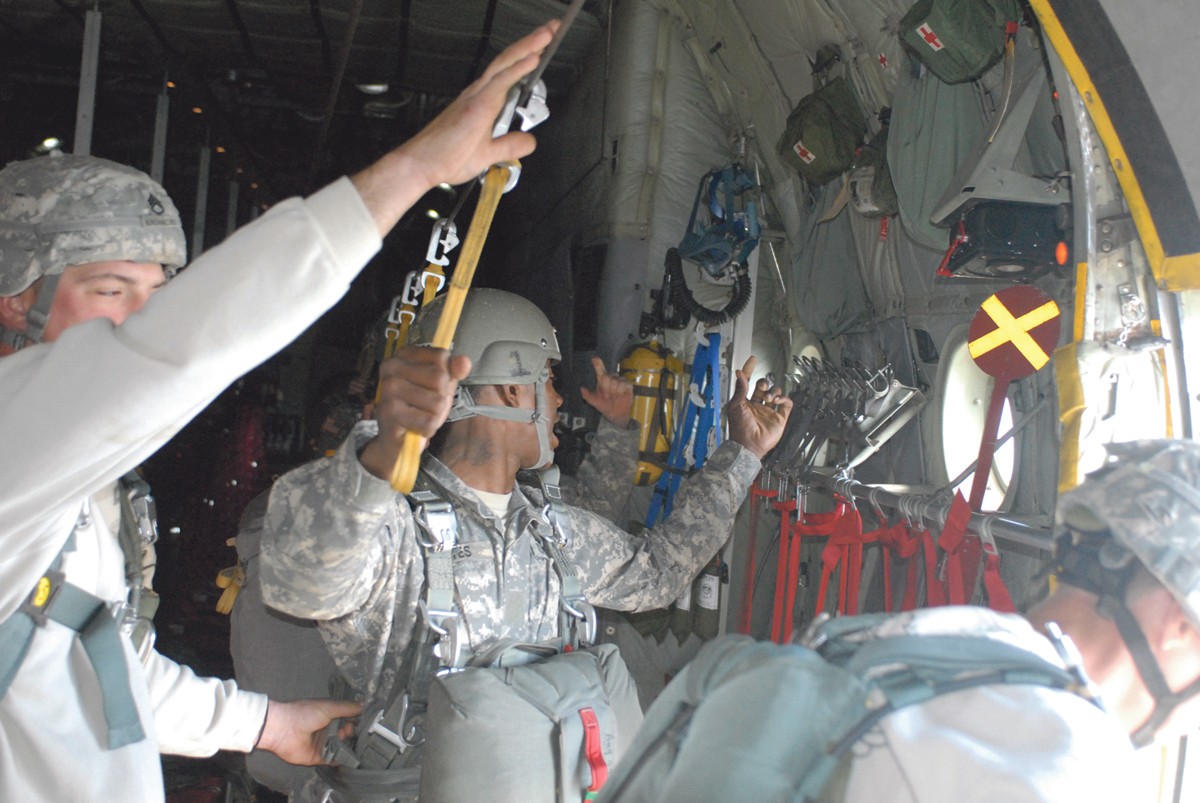
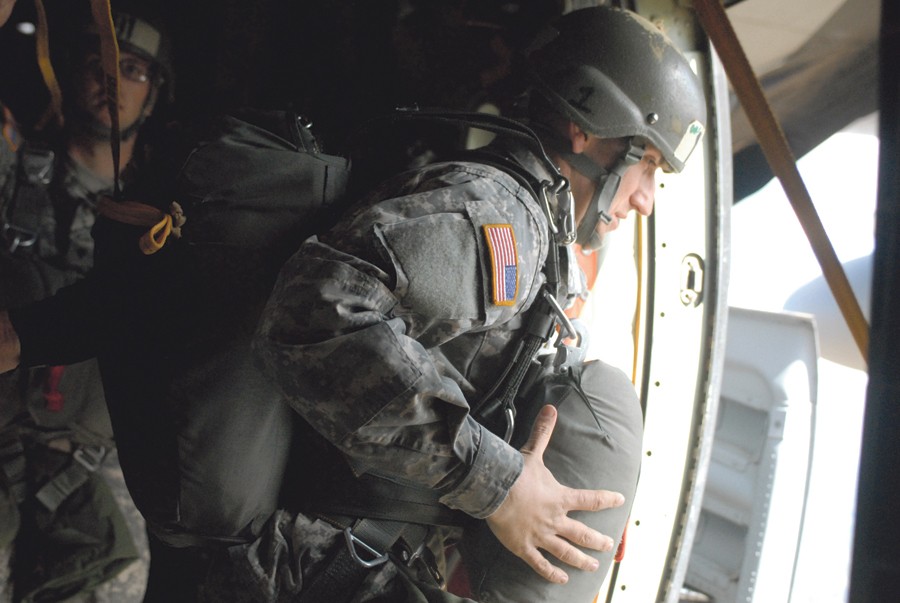

Social Sharing